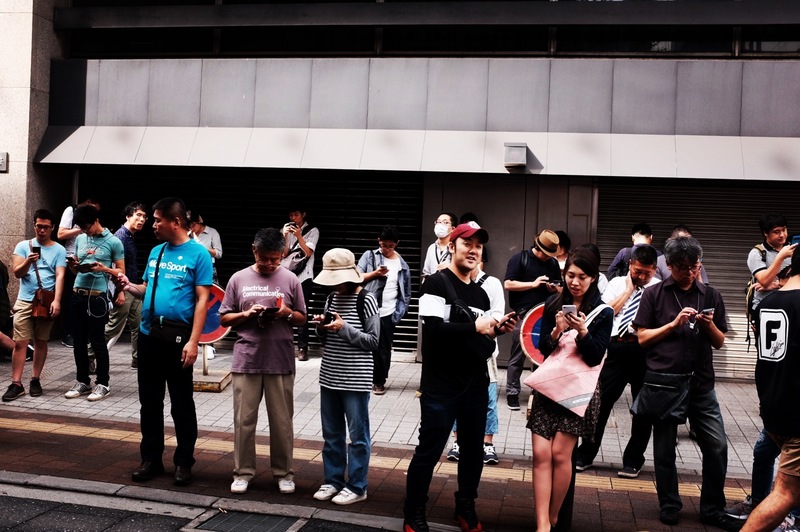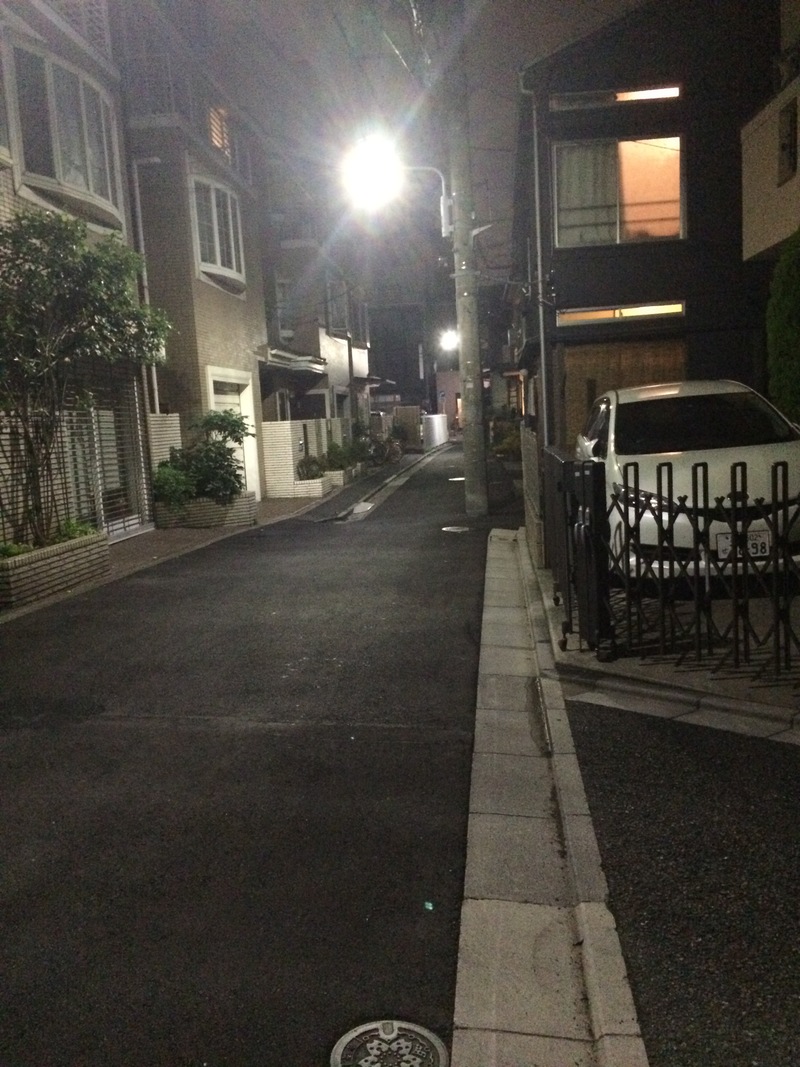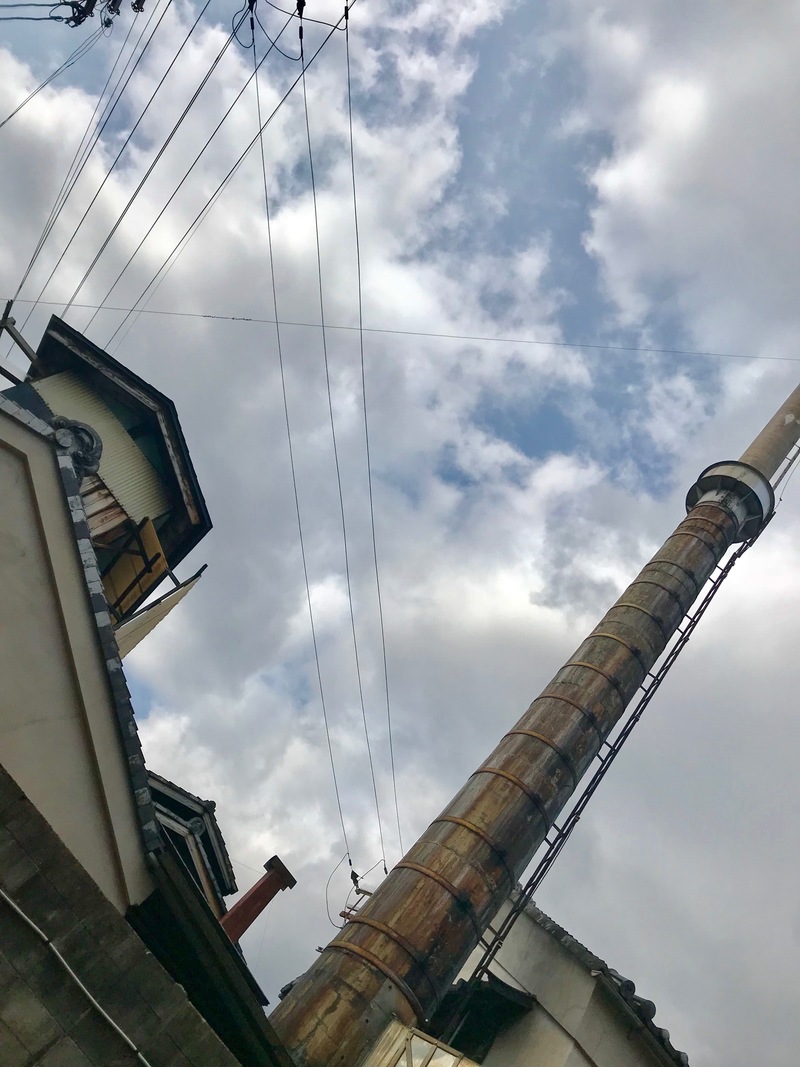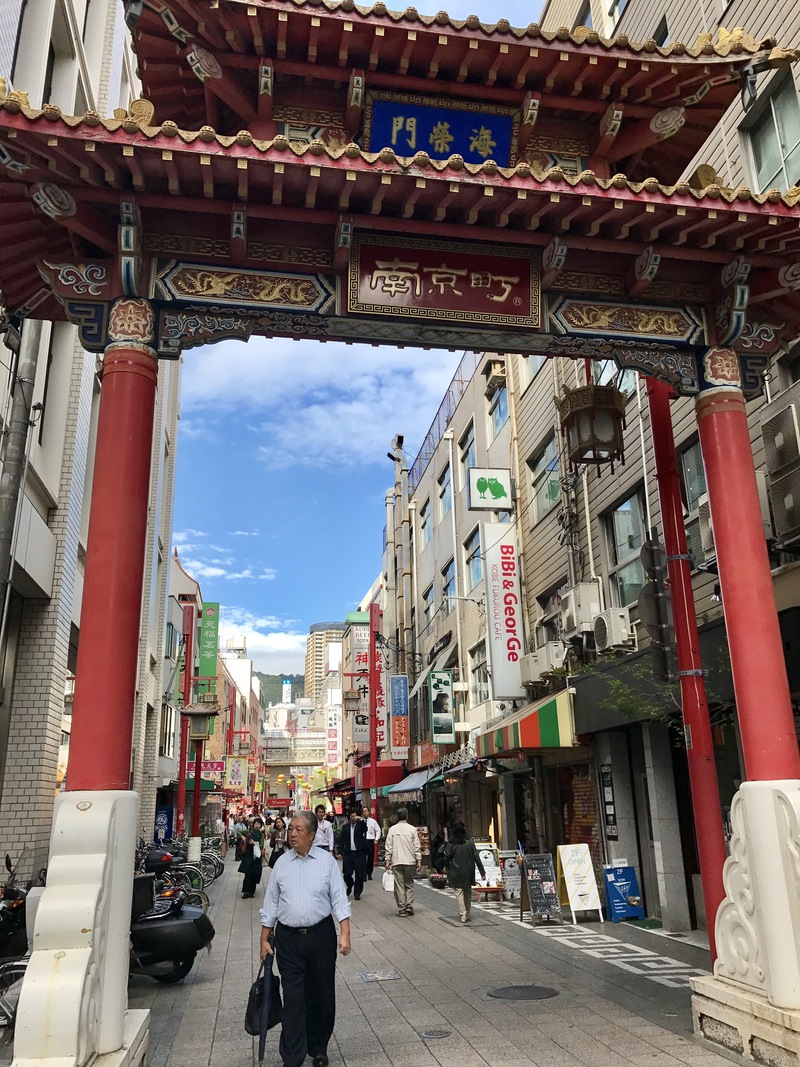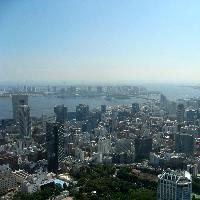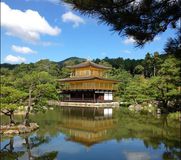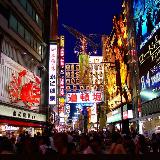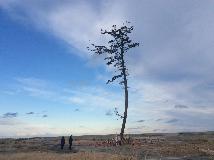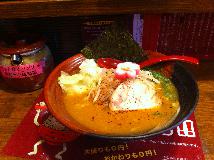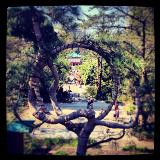Many of the recordings in this repository were taken during the more 'sociable' hours of 9 am to about 10 pm, as the ethnographers moved through a 'normal' schedule in Japan. On my recent trip, however, I explicitly tried to take recordings outside of business hours to provide contrast to previous recordings.
As expected, the increased activity during the day meant that daytime recording were noisier. Even when I tried to make a recording of 'silence' during the day: for example, the below recording in late 2013 in a Kyoto temple, one that is specifically supposed to be quiet. This file demonstrates how human interaction with the environment makes an unmistakable impression on the soundscape. During the sociable day time, this quiet temple was full of noise.
 Ryoanji
RyoanjiOn the other hand, in mid 2016 I specifically visited as many temples as I could between the hours of 6 and 7 am (generally, these were the earliest the public could visit) to make recordings of the temples while they were only inhabited by the resident monks and the sounds of nature. Naturally the resident monks would be focused on a daily ritual at a time when they were not busy with other duties (like herding tourists through the entry gates), but this practical consideration highlights the temporal aspect of soundscapes. Sonic practice arises from communal activity, which by its shared nature occurs in not only a shared location but also in a temporal common space.
This blog post’s featured recording was taken just before midnight during the summer of 2016, in the middle of a quiet residential Tokyo street. During the day, these streets would be much more sonically intense, with cars, bicyclists and pedestrians making noise, but at other moments, the same streets have are fewer sonic emitters. Taking this recording, my own consciousness of the soundscape focused on the far away sound of more distant busy streets and the muffled sounds of televisions that bled out of the living rooms into the quiet street. The sound of night is not entirely silent, but it is not the same community of sounds that we hear during the day, and speaks to the importance of temporal variation in our mapping of sonic contours through the city.
